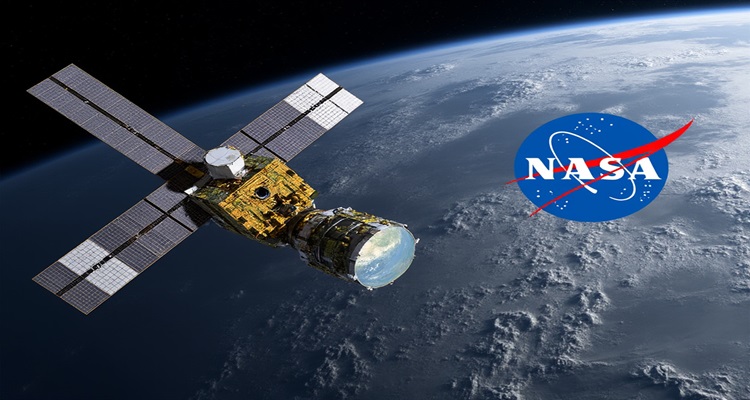NASA Delays Artemis Moon Missions Amid Policy Shifts and Heat Shield Concerns
NASA delays Artemis Moon missions to 2026 and 2027 amid heat shield challenges and policy shifts, maintaining U.S. leadership in the space race.
NASA Announces New Delays for Artemis Moon Program
WASHINGTON, Dec 5 (Reuters) – NASA Administrator Bill Nelson has announced significant delays in the Artemis program, pushing the timeline for returning astronauts to the Moon to 2026 and beyond. This decision comes amid technical challenges and the potential for policy shifts under the incoming administration of President-elect Donald Trump.
The next Artemis mission, which will send astronauts around the Moon, is now scheduled for April 2026, while the subsequent lunar landing mission, utilizing SpaceX’s Starship, is targeted for mid-2027. The delay positions the United States ahead of China’s anticipated lunar ambitions, which aim for a landing by 2030.
“We plan to launch Artemis III in mid-2027, assuming the SpaceX lander is ready,” Nelson stated at a press conference, emphasizing the urgency of maintaining a competitive edge in the global space race.
Technical Challenges: Heat Shield Under Scrutiny
The delays follow an in-depth review of the Orion crew capsule, developed by Lockheed Martin, after its heat shield cracked during reentry on the Artemis I mission in 2022. The uncrewed test flight, which lasted 25 days, revealed issues with heat becoming trapped inside the shield, causing partial erosion.
Despite these concerns, NASA has decided to retain the current heat shield design for Artemis II, with minor adjustments to the capsule’s return trajectory. Nelson explained that redesigning the shield would have resulted in an additional year-long delay. However, future Artemis missions will feature upgraded heat shields to address the identified issues.
Pam Melroy, NASA’s deputy administrator, highlighted the careful balancing act of maintaining progress while resolving technical hurdles, stating, “Delaying Artemis II further would risk derailing momentum and increasing costs.”
Artemis Program: A Strategic Vision for Space Exploration
Launched during Donald Trump’s first term, the Artemis program is NASA’s flagship effort to return astronauts to the lunar surface for the first time since 1972. Unlike the Apollo missions, Artemis envisions a more sustainable approach, including establishing lunar bases as a stepping stone for future crewed missions to Mars.
While the program has achieved milestones, including the successful 2022 launch of the Space Launch System (SLS), it has faced significant delays and escalating costs. With an estimated $93 billion budget through 2025, concerns over fiscal responsibility and efficiency are mounting.
The incoming administration is expected to reevaluate the program’s priorities, with some advisers advocating a greater focus on Mars exploration, leveraging SpaceX’s Starship. Jared Isaacman, a billionaire businessman and SpaceX collaborator, has been tapped by Trump to succeed Nelson as NASA Administrator.
International Rivalry Fuels Lunar Ambitions
The U.S. and China are both intensifying their efforts to dominate lunar exploration. China, a rising space power, has outlined plans for a Moon landing by 2030, spurring the United States to accelerate its timeline. Both nations are also seeking to forge international partnerships and engage private companies to bolster their programs.
The Artemis III mission will rely on a seamless transfer of astronauts from the Orion capsule to SpaceX’s Starship, marking a significant collaboration between NASA and the private sector.
Looking Ahead
Despite the delays, Nelson expressed optimism that the Artemis program would remain a top priority under the incoming Trump administration. “I’m confident that Artemis will continue to inspire the world and pave the way for humanity’s future in space exploration,” he said.
The Artemis program represents a crucial chapter in NASA’s vision, with its blend of innovation, public-private partnerships, and international collaboration setting the stage for humanity’s return to the Moon and beyond.











